Advancing with the Basics
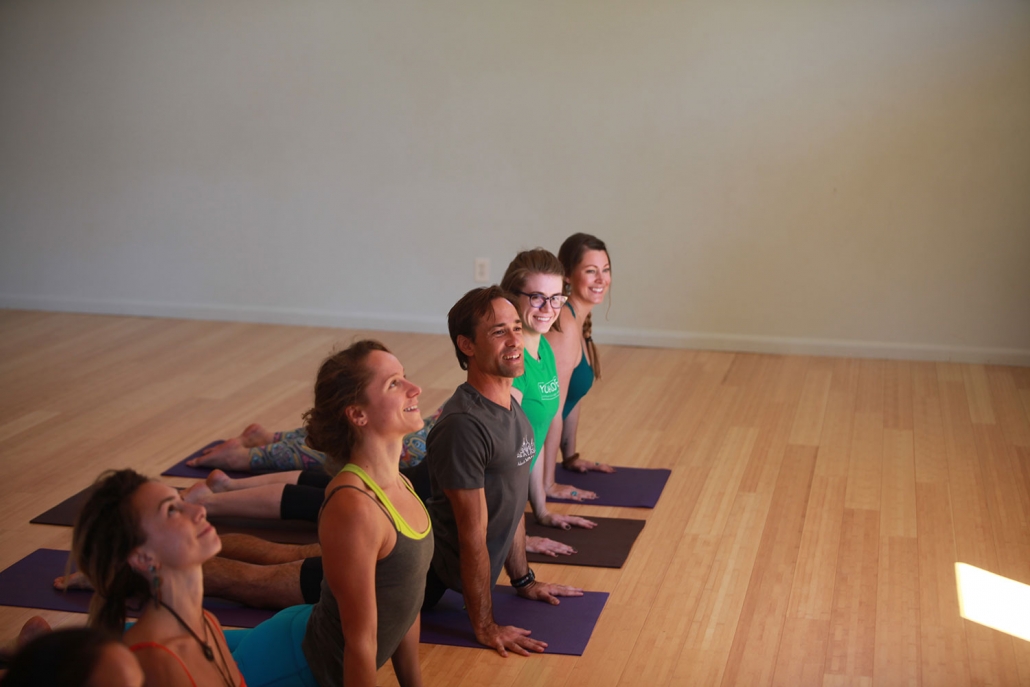
Advancing with the Basics How the fundamentals of yoga will prepare you for being a yoga instructor. Teaching yoga is an art that’s developed over years of experience, but it all starts with the basics. Without mastering the fundamentals of yoga, you can’t expect to master the art of teaching the practice to others. One […]
Instructor of the Month: Kimberley Puryear
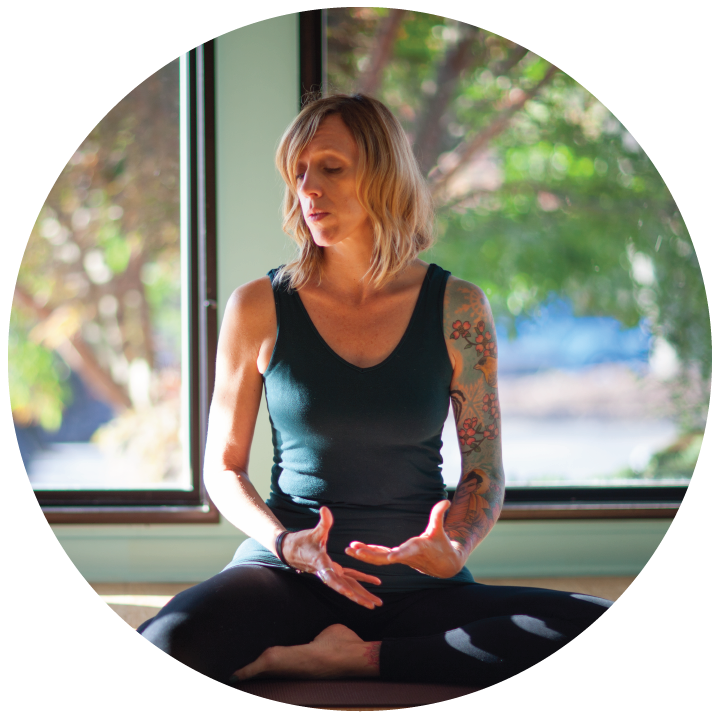
Instructor of the Month: Kimberley Puryear Taking one of Kimberley Puryear’s classes is to get an hour-long education in authenticity and self love. The moment you lay out your mat in her Tuesday evening Yin class, you are welcomed by Kimberley with a smile (usually followed by a funny one-liner). Although the class is always […]
Instructor of the Month: Michael Johnson
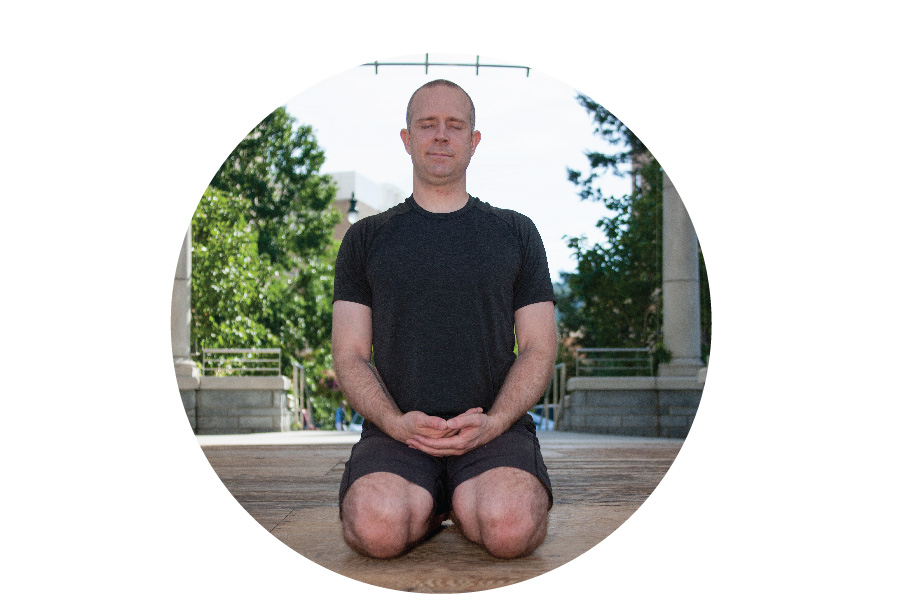
Michael Johnson is a compelling mix of creative yoga instructor and curious student of the mind. The root of his interest in meditation lies in its ability to help with neurological disorders and for developing wellbeing. Michael’s worldview and meditation practiced changed when he read Buddha’s Brain by Rick Hanson and Richard Mendius. In this book, […]
Is Yoga Enough?
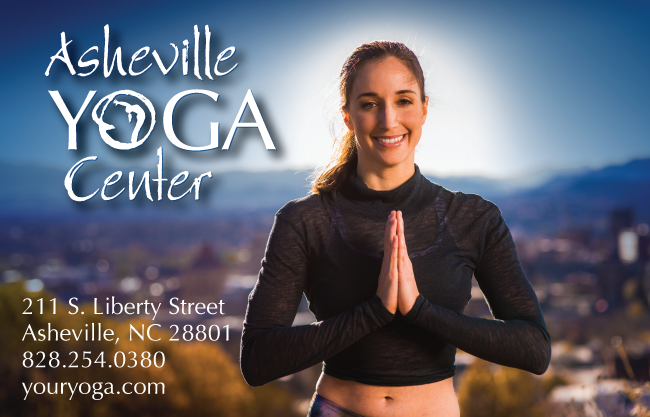
How Ayurveda Compliments Your Yoga Practice By Stephanie Keach Hatha Yoga does an amazing job at strengthening, stretching and detoxifying the body, while helping to replenish and rejuvenate all the internal glands and organs. Yet for some, it may not be enough for full wellbeing. Yoga has a sister, her name is Ayurveda (both born […]
Power Flow Vs Slow Flow
Power Flow Vs Slow Flow One of the most beautiful aspects of yoga, is that it invites practitioners from all backgrounds, ability levels, and personal goals to share in the benefits of yoga and hopefully even transform the world towards peace and goodwill. The most popular style of yoga at the Asheville Yoga Center is […]
5 Reasons Steph Loves Ashtanga Yoga
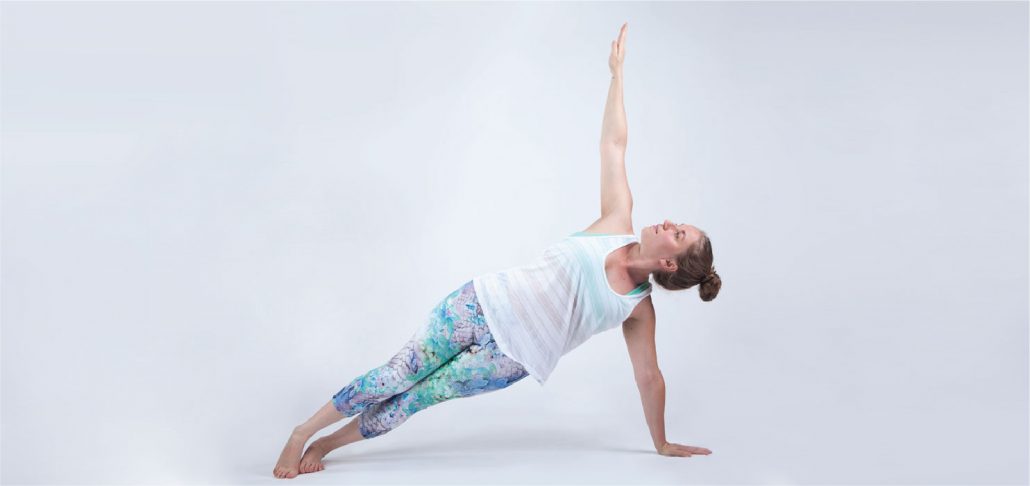
5 Reasons Steph Loves Ashtanga Yoga 1. Strength Building I have the genetics for flexibility, which makes Yoga a dream job. Except that flexible people get injured in Yoga three times more than non-flexies. We apparently go too far into the stretch, injuring the tissues around our joints. Yup, I see it all the time. […]
Instructor of the Month: Sara Levine
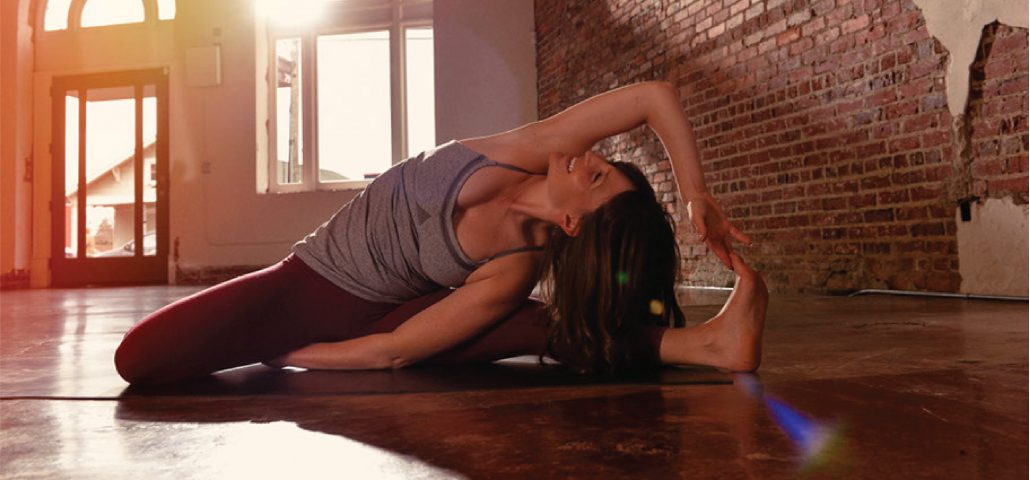
Instructor of the Month: Sara Levine Why do you teach yoga? Teaching gives me the opportunity to be joyful with those around me. As humans, we aren’t always able to be present and kind to ourselves and others, but when we’re on our mats, we are all equal – we are all graceful, clumsy, learning, […]
Instructor of the Month: Denise Daneck
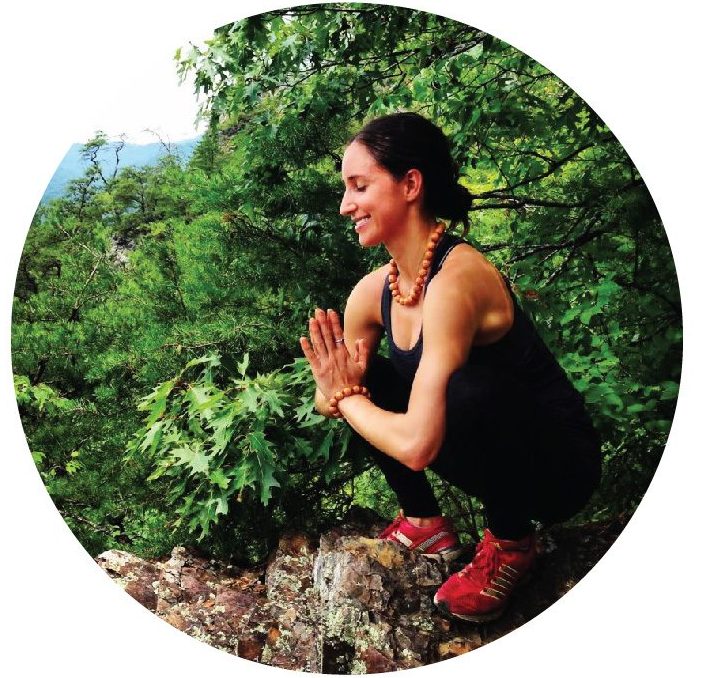
Instructor of the Month: Denise Daneck Why do you teach yoga? Yoga is amazingly healing on all levels. It is a gift to share and anyone who feels called to should! What an incredible opportunity to dissolve boundaries, connect unconditionally on a soul-level, and explore the power of collective group energy with sacred intentions! I […]
Instructor of the Month: Rich Fabio
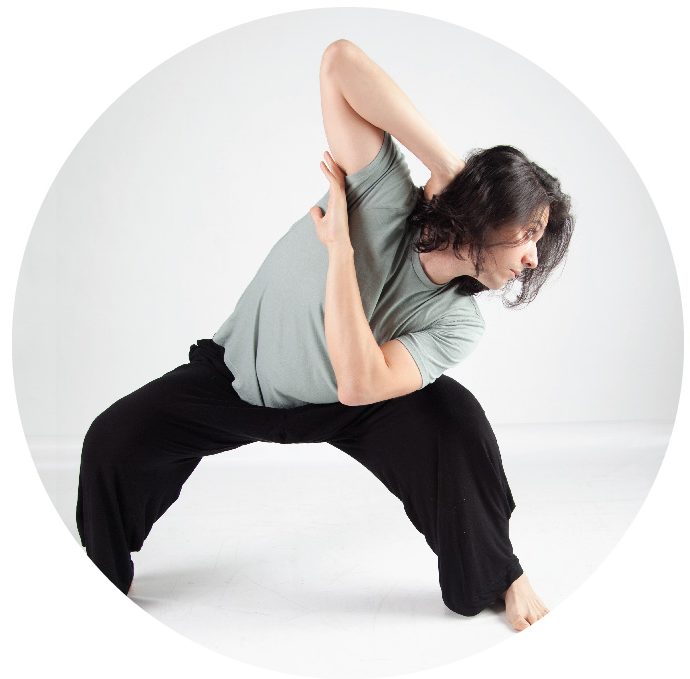
Instructor of the Month: Rich Fabio Why do you teach yoga? It agrees with me. Every other line of work I tried I wasn’t very good at. I used to work so I could be a yogi in my off time. Now, I see work as a contribution to society and my community. It is […]
Hot Yoga 101
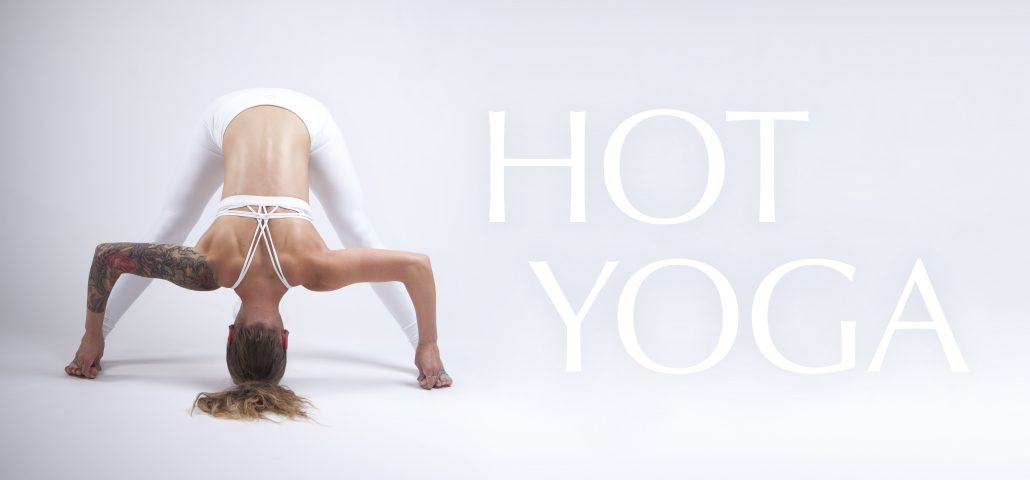
Hot Yoga 101 Some Like it Hot, Some Not. Hot yoga classes are one of the most popular styles of yoga in the U.S. today. Without debate, those that like hot yoga, really like hot yoga. Hot yoga isn’t everyone’s favorite, however. Whether it’s your thing or not, studies are showing while there are some […]
